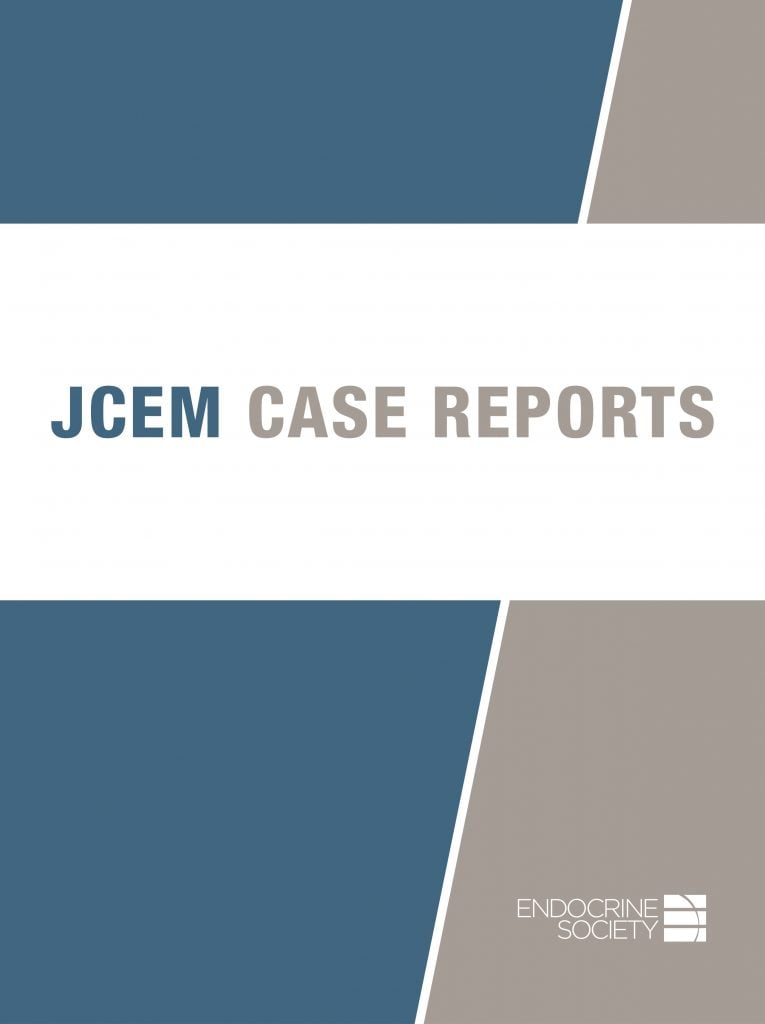
The safety profile of zoledronic acid (ZOL), a powerful bisphosphonate widely used for osteoporosis and metastatic bone diseases in cancer patients, has historically been regarded as well-established. Common side effects such as fever, myalgia, and flu-like symptoms are manageable and transient. However, a recent case report in the JCEM Case Reports journal highlights a rare but serious concern: acute, drug-induced liver injury (DILI).
Titled “Drug-Induced Liver Injury After Zoledronic Acid Infusion and Literature Review,” this case involves a 50-year-old female breast cancer patient, already on hormonal therapy with anastrozole and abemaciclib, who developed severe body aches, nausea, and abdominal bloating within hours of her first annual ZOL infusion for aromatase inhibitor-induced osteoporosis. Laboratory testing revealed a dramatic and acute elevation of liver enzymes, leading to a diagnosis of hepatocellular DILI. Notably, her previously normal liver enzymes returned to baseline within 11 days after the event.
“Although a rare side effect, the risk for liver injury secondary to zoledronic acid in patients taking other potentially hepatotoxic medications should be considered,” says Christopher Boldt, a physician at Baylor College of Medicine and primary author. “In these cases, patients may be trialed on a different bisphosphonate or other antiresorptive medication.”
This rare complication underscores a growing challenge in modern medicine: managing polypharmacy and navigating unexpected drug–drug interactions, particularly for oncology patients. The rapid onset and severity of the reaction — in this case, within hours of infusion — highlight the importance of close post-infusion monitoring, especially for patients taking other hepatotoxic drugs.
As medicine advances toward increasingly complex, multi-drug regimens for chronic diseases and cancer survivorship, this case serves as a critical reminder of the ongoing need for vigilant pharmacovigilance and personalized risk assessment.
According to the study, this is only the sixth reported instance of ZOL-induced hepatotoxicity in the literature, making it an exceptionally rare event. Nonetheless, the quick resolution of liver enzymes after holding the ZOL, while the aromatase inhibitor and abemaciclib were also briefly paused, strongly suggests ZOL as the primary culprit. The patient later tolerated the resumption of her other therapies without incident.
The main takeaway for physicians is to keep DILI in mind as a possible, though rare, differential diagnosis for patients presenting with acute, non-specific symptoms following ZOL infusion. While most adverse events are mild and flu-like, the presence of severe bone pain, nausea, abdominal symptoms, and elevated liver function tests should prompt immediate investigation for potential liver injury.
The patient’s successful transition to an alternative oral bisphosphonate (alendronate) without recurrence of liver issues offers a clear management pathway: Once ZOL is identified as the cause, alternative medications can provide continued bone protection. As medicine advances toward increasingly complex, multi-drug regimens for chronic diseases and cancer survivorship, this case serves as a critical reminder of the ongoing need for vigilant pharmacovigilance and personalized risk assessment. Ensuring the benefits of powerful therapies like ZOL are not compromised by rare but severe reactions remain essential. Awareness and rapid action can make a significant difference, even when the complication is exceptionally uncommon.

